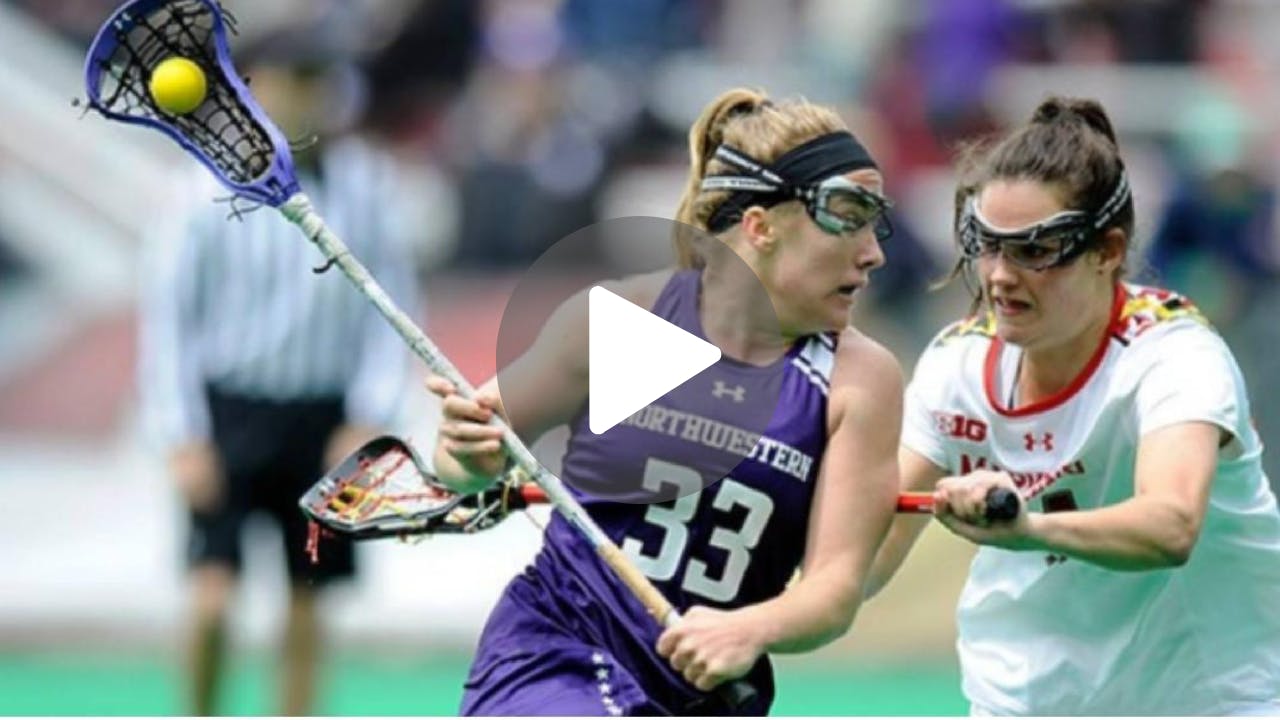Featured courses
- Where Legends Train: Why Wall Ball Matters in Lacrosse by Avery Hixson
- From Beginner to Game-Changer: Cradling Tips for Girls’ Lacrosse by Avery Hixson
- Elite Women’s Lacrosse Shooting Tactics by Avery Hixson

Elite Women’s Lacrosse Shooting Tactics
- By Avery Hixson
If you’re coaching girls' or women’s lacrosse and want your offense to start putting more points on the board, it all starts with smarter shooting. These unique strategies taught by seasoned professionals will give even the best players a better chance at improving their shooting skills. These strategies are easy to integrate into practice and effective at every level of play. Whether you're working with players who are seasoned shooters but want unique skills, or elite players just entering the attacking scene, new shooting techniques can give your players the tools to score with confidence. These shooting methods are game changers for players looking to step their game up to the next level.
The best way to improve specific skill sets is to learn from a seasoned professional, and Coach Jamie Munro is surely an expert in the field of lacrosse shots. In his time playing for Brown University, Munro used his shooting skills to score a whopping 152 points. Additionally, he coached a D1 women’s lacrosse team and started his own lacrosse company.
Coach Munro shares a treasure trove of women’s lacrosse skills in his ‘Women’s Lacrosse Skills Master Classer Class’ program, ranging from, but not limited to footwork drills, cradling tactics, defensive strategies and elite-level shooting techniques. Listed below are the two of the most foolproof lacrosse shots that will leave defenders and goalies stunned.
Fade Shot
Firstly, the fade shot is mainly characterized by the backwards step sequence following the shot on goal. However, it is much more than that. Coach Munro describes this shot in a few simple steps when broken down. These are “dodge in, step back, and hammer the shot.”
Dodge In
The first step, dodging, is by far the most complicated step of this shot. The clip above shows a simple split dodge, where the player starts off running away from the goal, then plants a foot towards the goal, split dodges, and pivots to where they are facing the goal. The reason this step is so complicated is that the dodge must be executed dramatically and effectively to successfully gain space from your defender. To improve the effectiveness of a split dodge, the planting of the foot needs to be quick and sharp. Once this quick step is complete, the next focus is the shot itself.
Step Back
Before you can rip the shot, the split dodge must be completed with the actual “fade” of the shot. After you have successfully pivoted towards the goal and dodged, you begin to jog or “fade” backwards as you wind up the shot. A complication to this step is the possibility of gaining a “shooting space” call according to women’s lacrosse rules. If a defender is within a stick’s length of the shooter when the shot is released between the shooter and the goal, the referee can call “shooting space” which results in an 8 meter shot for the offensive player. This can either be a good thing or a bad thing depending on the outcome of the original shot. This complication is a large factor to keep in mind during the “Step Back” step.
Hammer the Shot
The final step is the most fun and the most important. Once you have separated from your defender and executed the dodge, it’s time to execute your shooting skills and deliver a precise shot to the goal. Obviously the shot won’t always be perfectly placed, but practice and repetition of the fade shot can ensure higher accuracy with every attempt.
Face Dodge Finish

The face dodge is a simple concept that every offensive player should know, but many overlook due to its simplicity. The face dodge is when a player dodges a defender by planting their foot and stepping to their offhand side while simultaneously cradling their stick dramatically over to the offhand side, mimicking a hand switch or a direction change, and then swiftly switching back to the leading foot and dominant hand. This dodge effectively fakes out a defender, but Coach Munro’s example specifically explains how this dodge fakes out goalies. The dramatic offhand switch causes the goalie to reach over to the opposite side to block the shot, which opens up the other side for a shot. Here are some of Coach Munro’s key tips while executing the face dodge finish.
The Reach
The part of this dodge that makes it so successful against goalies is utilizing the open side of the goal when the goalies inevitably steps to protect the side that you dodge towards. To have the best chance at making it into this crucial space, you need to reach your stick to the open side before releasing the shot. While releasing the shot, you should be positioned in a sidearm-style way, which creates more angle and more reach. This ensures that you have the highest probability of beating the goalie and placing your shot correctly.
Twister Method
The method of “twistering” the shot is basically the opposite of the reach. This method is where after switching back to your dominant hand following the face dodge, you bring your stick back over to your nondominant side and fire off the shot almost above your head, dunking it between the goalie and the pipe of the goal above their vision level. This approach is more complicated than the reach, but can be more advanced and more undetected by goalies.
